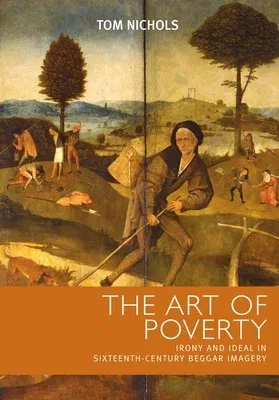The art of poverty is the first book in English to analyse depictions of
beggars in sixteenth-century European art. Featuring works from Germany,
the Low Countries, Britain, France and Italy, it discusses a diverse
body of imagery in many different media, from crude woodcuts to
monumental church altarpieces. It develops a striking thesis, arguing
that these works largely conformed to two paradoxical, though mutually
supportive, representational approaches. The earlier chapters follow the
emergence of a trenchantly negative approach in Northern art, in which
beggars are shown as vagabonds, whose idleness and thievery threatened
the values of sixteenth-century society (especially its growing emphasis
on the need to work). In the other predominant visual mode, beggars are
exalted as examples of sacred purity. In many Italian religious
paintings, beggars are morally exalted with reference to sacred texts,
and made formally beautiful with reference to revered artistic models.
Though
these approaches reflect the impact of religious reform, it is shown
that, by the end of the century, they happily co-existed within
Protestant and Catholic cultures. The final part of the book is
concerned with the issue of artistic style and with the growing tendency
of the beggar image to mediate and dissolve the didactic traditions
through which it had originally been defined. The art of poverty will be
of special interest to scholars and students of Renaissance art history,
and its progressive approach and cross-disciplinary theme and
perspective will also make it vital reading for those concerned with the
development of early modern European culture.

